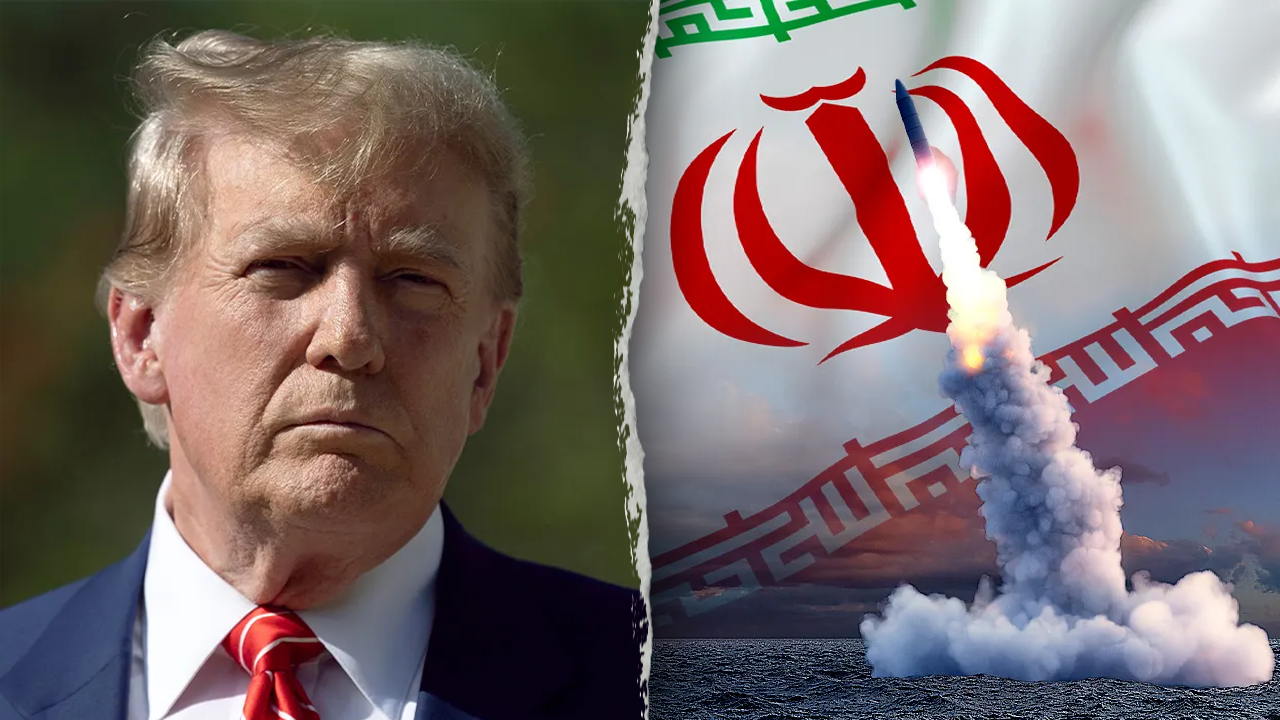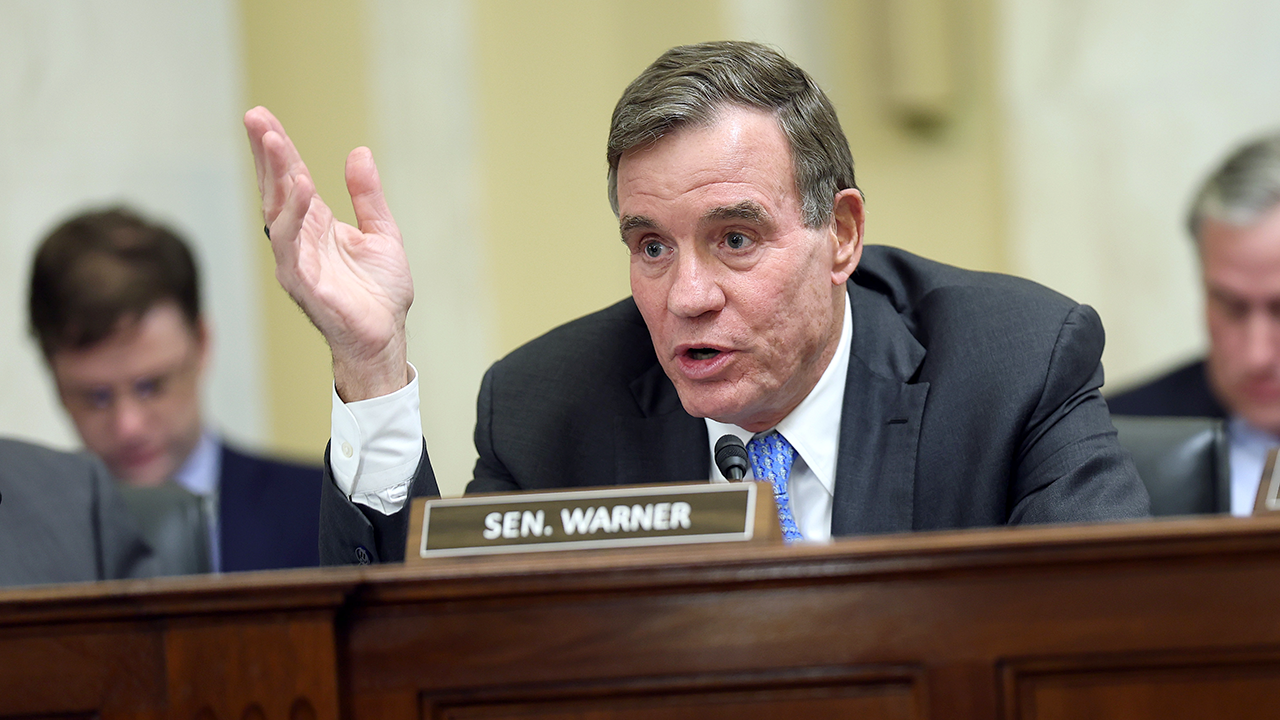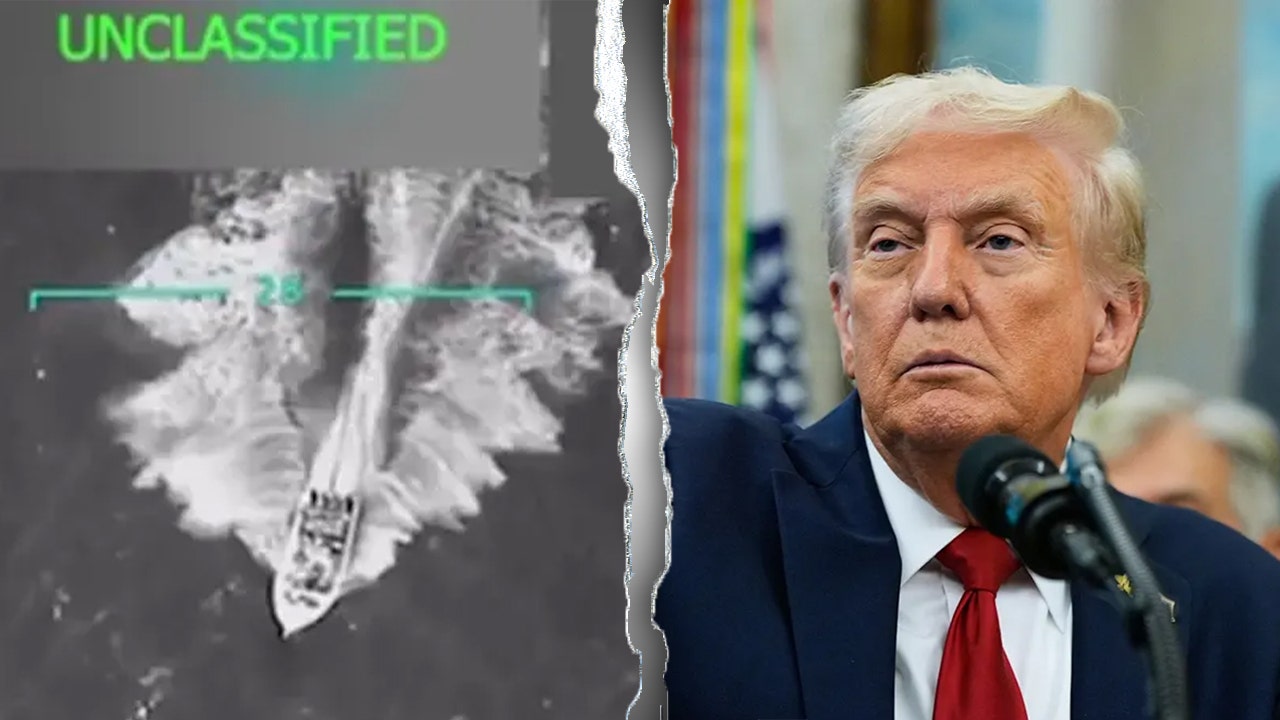Trump administration challenges initial damage assessments from Iran strikes

A leaked Defense Intelligence Agency report is causing controversy over President Donald Trump’s recent claim that U.S. airstrikes completely destroyed three Iranian nuclear facilities. The report suggests that the strikes only set back Iran’s nuclear program by several months, rather than obliterating the sites as Trump had stated.
The report, which was published by CNN and The New York Times, comes in the midst of escalating tensions between Israel and Iran. Trump had approved the airstrikes and declared in a national address that the sites had been completely destroyed. However, experts caution that it is too early to accurately assess the extent of the damage done by the strikes.
Dan Shapiro, a former U.S. ambassador to Israel, emphasized the need for a comprehensive intelligence assessment that takes into account various sources of information beyond just satellite imagery. He noted that it will take time to gather all the necessary data to make a thorough assessment of the impact of the strikes.
General Dan Caine, Chairman of the Joint Chiefs of Staff, acknowledged that a final assessment of the damage would take time. While initial reports suggested severe damage to the sites, other sources indicated that Iran’s enriched uranium stockpile was not destroyed in the strikes.
Members of the Trump administration have disputed the findings of the DIA report, claiming that it was based on limited data and labeled as a low confidence assessment. Retired Navy Rear Adm. Mark Montgomery explained that low confidence assessments are common in early evaluations and serve as a warning that additional information is needed.
Rob Greenway, a former official on Trump’s National Security Council, emphasized that assessing damage to underground facilities is complicated and requires multiple sources of intelligence. He noted that the strikes were designed to render the facilities inoperable, regardless of the extent of physical damage.
Despite the conflicting reports, experts agree that a more comprehensive assessment will be available in the coming weeks as more data is collected. Michael Allen, a former National Security Council senior director, highlighted that the intelligence community is actively gathering information to provide a clearer picture of the impact of the strikes.
White House press secretary Karoline Leavitt reaffirmed the administration’s commitment to holding accountable those responsible for leaking the report to the media. The FBI is investigating the leak, and efforts are being made to strengthen security protocols to protect national security.
In conclusion, while initial assessments of the airstrikes on Iranian nuclear facilities have yielded conflicting reports, experts stress the importance of patience as a more thorough evaluation is conducted. The true extent of the damage and its impact on Iran’s nuclear program will become clearer in the coming weeks as more information is gathered and analyzed.




